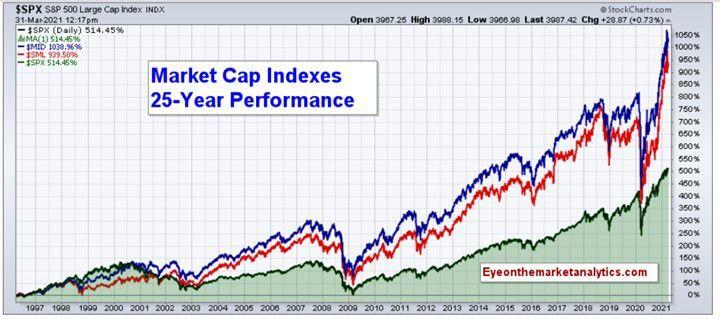Capturing momentum can help identify an uptrend, while value often points to companies with strong fundamentals. Together, this duo forms the basis of the Invesco S&P MidCap Value with Momentum ETF (XMVM).
Mid cap companies can help give investors the stability of large cap funds when markets are volatile. At the same time, mid caps can also capture the growth characteristics that small cap equities are known to exhibit.
Furthermore, the fund gives investors baseline exposure to factor investing. With a tilt toward value and momentum, investors can capture fundamental analysis as well as price action toward the upside.
The fund is based on the S&P MidCap 400 High Momentum Value Index (Index). The Fund will invest at least 90% of its total assets in securities that comprise the Index. The Index is composed of 80 securities in the S&P MidCap 400 Index having both the highest “value scores” and “momentum scores.”
Look under the hood of XMVM and investors will see that there’s no heavy allocation toward one particular stock. This helps to eliminate concentration risk with holdings that don’t exceed a figure above 2.4%.
The Fund and the Index are rebalanced and reconstituted semi-annually on the third Friday of June and December. Thus far in 2021, XMVM is up about 25%.
A Historical Account of Mid Cap Returns
Historically, mid caps have also have a strong record of returns.
“Here is a performance chart comparing small, mid, and large-cap indexes over the last 25 years,” wrote David England in the Southern Illinoisian. “Imagine, 25 years ago, only investing in large-cap funds like most other investors. If so, you would have lost out on 524% of mid-cap returns and 425% of small cap returns.”
“Recent data shows ten times more money is invested in large-cap U.S. blend funds than in midcap blend U.S. equity funds,” England added. “Now you see why I get excited with these small and mid-cap funds and why they should not be overlooked.”

The fund’s net expense ratio comes in at 0.39%.
“Make sure you know the expense ratios of your funds,” England continued. “Many are shocked when they discover their financial planner has them in market-cap funds with expense ratios north of .50% or higher. If this is the case, make sure the funds outperform the lower expense ratio funds by at least that amount.”
For more news and information, visit the Innovative ETFs Channel.









